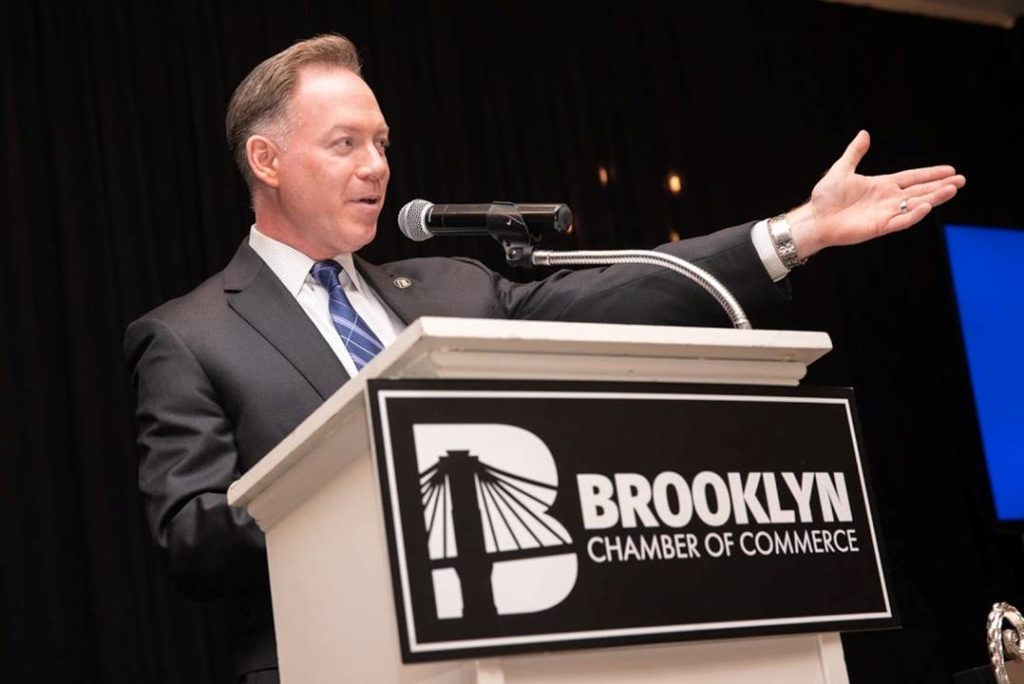Tech, politics and growth: The new BK Chamber president’s plan for the future
Randy Peers has a plan to transform the 101-year-old organization.

The Brooklyn Chamber of Commerce has a new head. With an eye on the long-term, he’s rolling out a programming slate to transform the 101-year-old organization, engage the tech community and beef up its political clout.
The organization’s new president, Randy Peers, presented his leadership agenda during the Chamber’s annual meeting and trade show Oct. 23, emphasizing a strategy crafted around the borough’s changing industry, and a plan to aggressively challenge anti-business policies from local legislators.
Peers told members that the organization will offer new microloans to small businesses, establish a political action committee for pro-business candidates, launch a smartphone app and take additional measures to “strengthen the borough’s business community and build the best Brooklyn we can build.”